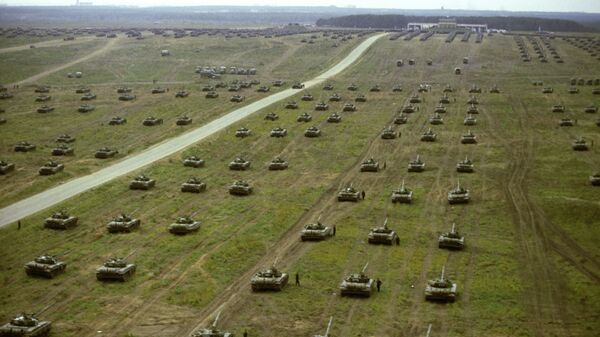Let's face it, tanks are making a comeback. It may not have been obvious a year ago, with such disgraceful episodes for the tank, as when Donbass militias chased down a Ukrainian tank using a Lada Niva (warning: language), but now that both sides get to have them, it's a big enough deal to actually create tank-free zones.
1. The Armata
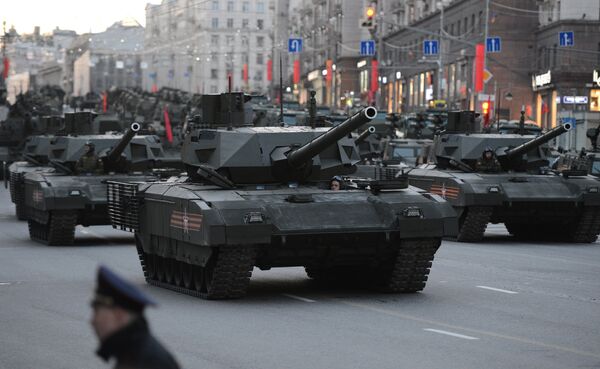
The T-14 Armata's entry to the world tank arena as a mass-produced tank was a game-changer in that for the first time in decades, a major military power created a new tank design not based on previous developments.
If Russia is able to produce the 2,300 units without budget cuts making an impact, it could make it enough for other countries to consider similar developments, especially if the tank is exported to other countries, according to Czech analyst Kukas Visingr, writing in Czech daily Echo24.
2. Closing the Missile Gap

While developments in missile technology have advanced to the point of FGM-148 Javelin-like fire-and-forget systems which allow operators to hit tanks from the top, traditionally their weakest point, their cost and availability make it increasingly difficult to use them in conditions such as urban warfare.
3. Israeli Solution
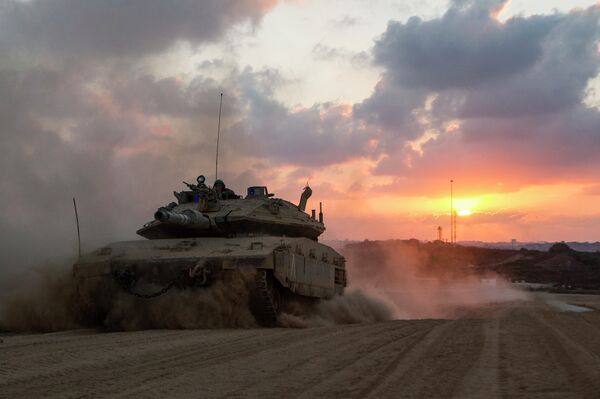
Israeli tanks, actively used in urban warfare, instead go for missile interception and protection from improvised explosive devices. Israel has also been a pioneer in developing armored personnel carriers and infantry fighting vehicles, which the Armata platform also took advantage of.
4. Where Tanks Still Rule
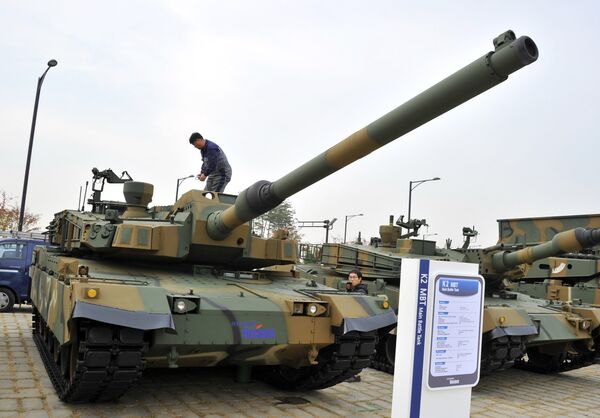
In east Asia, tank development never really stopped after the 1980s. In 2014, South Korea introduced the K2 Black Panther, the world's most expensive tank. While it has a manned turret, it is also considerably more advanced than the K1 tank, largely based on the United States' M1 Abrams.
Japan also recently introduced a new tank, the Type 10, and North Korea continues developing it Pokpung-ho tank, inspired by the Russian T-90. While China has focused on developing as a maritime power, it is not far off with its Type 96 and Type 99 tanks continuing to receive upgrades.
5. Modernization Generation
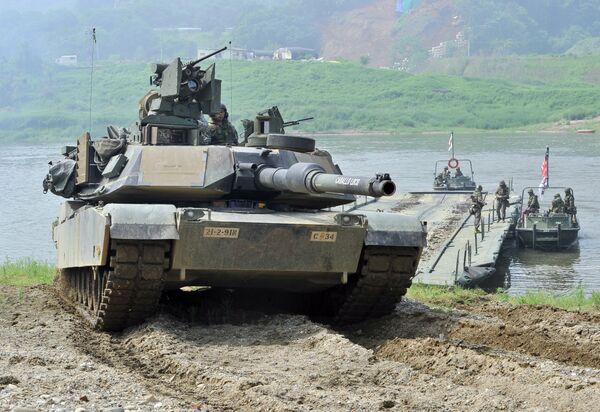
Many tanks in existing armed forces are becoming increasingly outdated, not only because they are old (the M1 Abrams has been in production since 1980), but because their main competition on the potential battlefield has thus far been similarly old tanks.
Germany and France already began developing a new tank, the Leopard 3, in 2015. While Britain is not planning to take part in the tank's development, it is possible that Western countries' escalation of tensions with Russia could give a new push for defense manufacturers to lobby for the development of new tanks.
